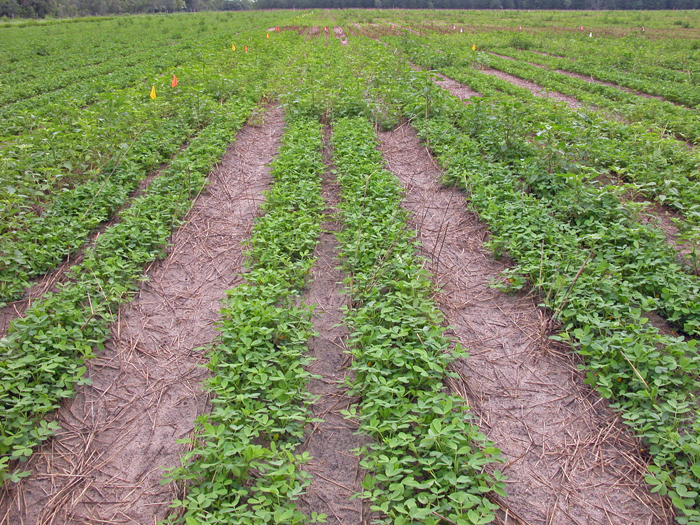
by jferrell | Apr 28, 2017
Preemergence herbicides are a powerful way to prevent weed infestations before they start. In our current climate of glyphosate and ALS-resistant weeds, a good preemergence program is more valuable than ever. However, method and timing of application dramatically...
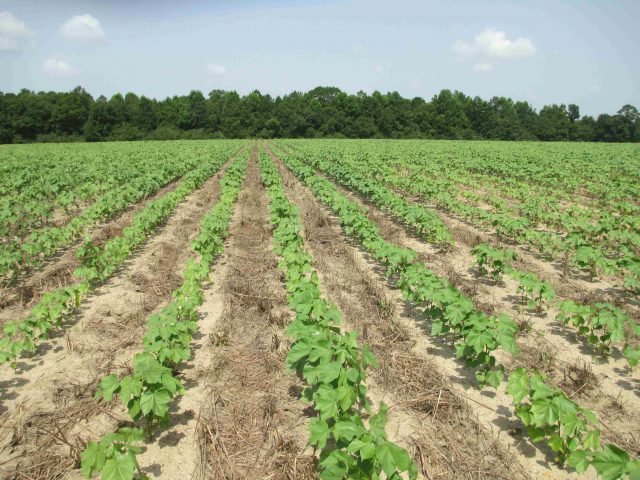
by Ethan Carter | Apr 7, 2017
Ethan Carter, Regional Crop IPM Agent, Jay Ferrell, and Ramon Leon, UF/IFAS Weed Specialists Late last week, after much anticipation, the Florida Department of Agriculture and Consumer Services provided the final approval for use of 2,4-D and dicamba in resistant...
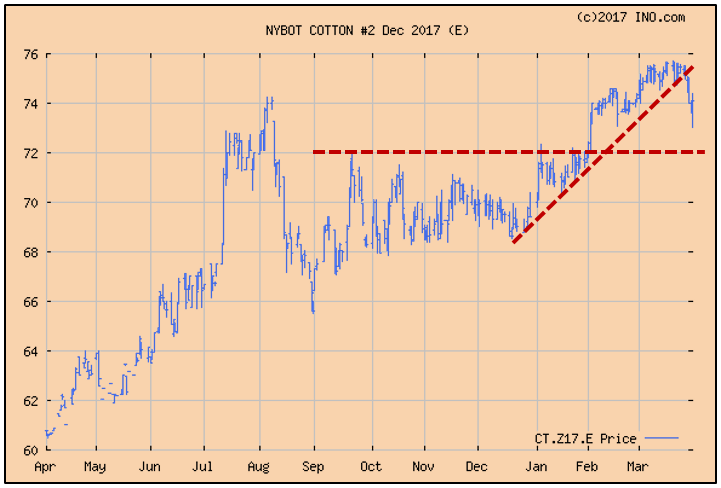
by Doug Mayo | Apr 7, 2017
Don Shurley, Cotton Economist, UGA Professor Emeritus US cotton producers say they intend to plant 12.23 million acres of cotton this year—up 21.4% from last year. This number, released March 31, is higher than most pre-report expectations. The National Cotton...
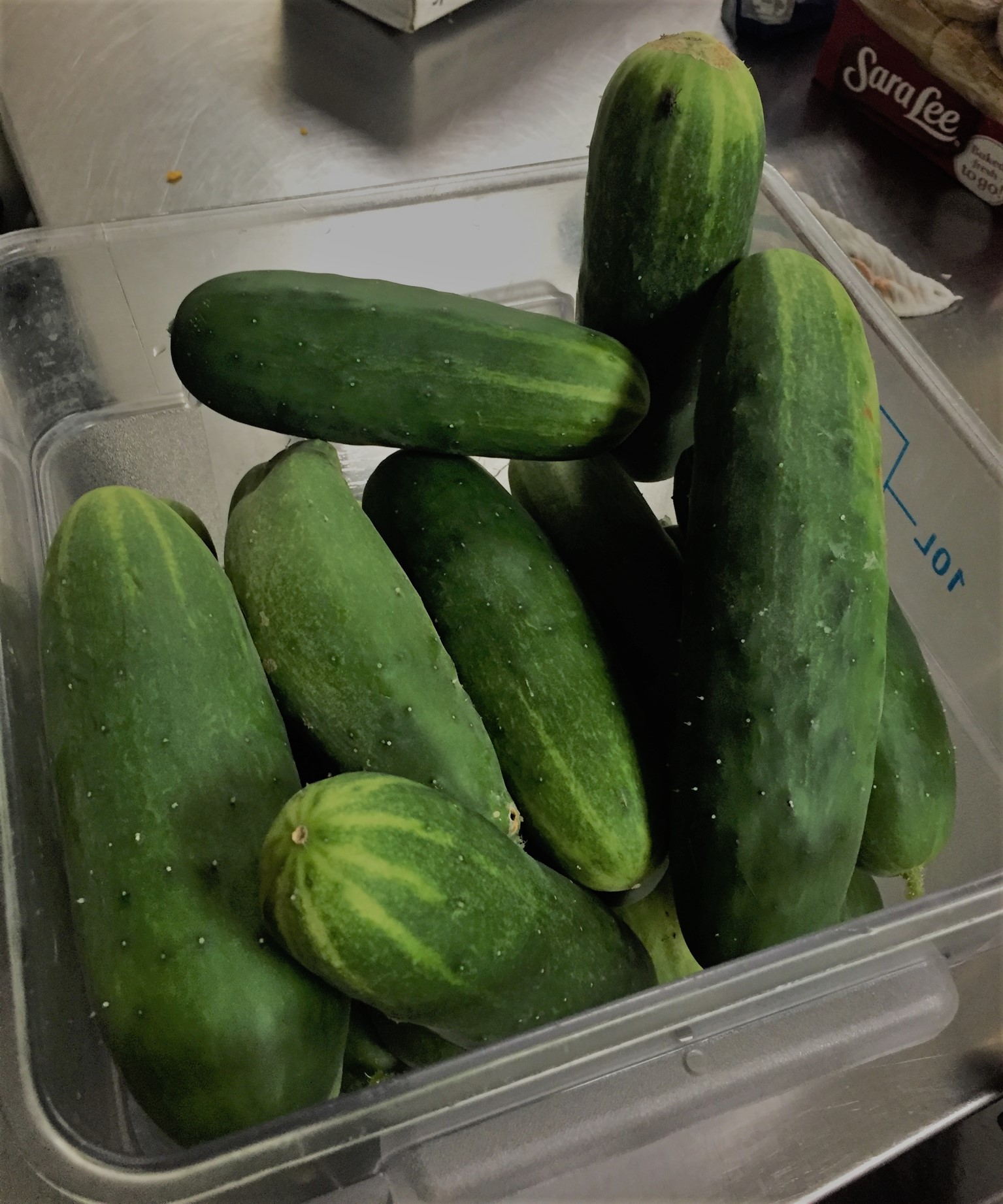
by Molly Jameson | Mar 31, 2017
If you are a produce farmer, you should have heard about the Food Safety Modernization Act, or FSMA, by now. This act, which was passed in 2011, is considered the largest update to food safety regulation in over 80 years. The proposed produce safety rule under the...
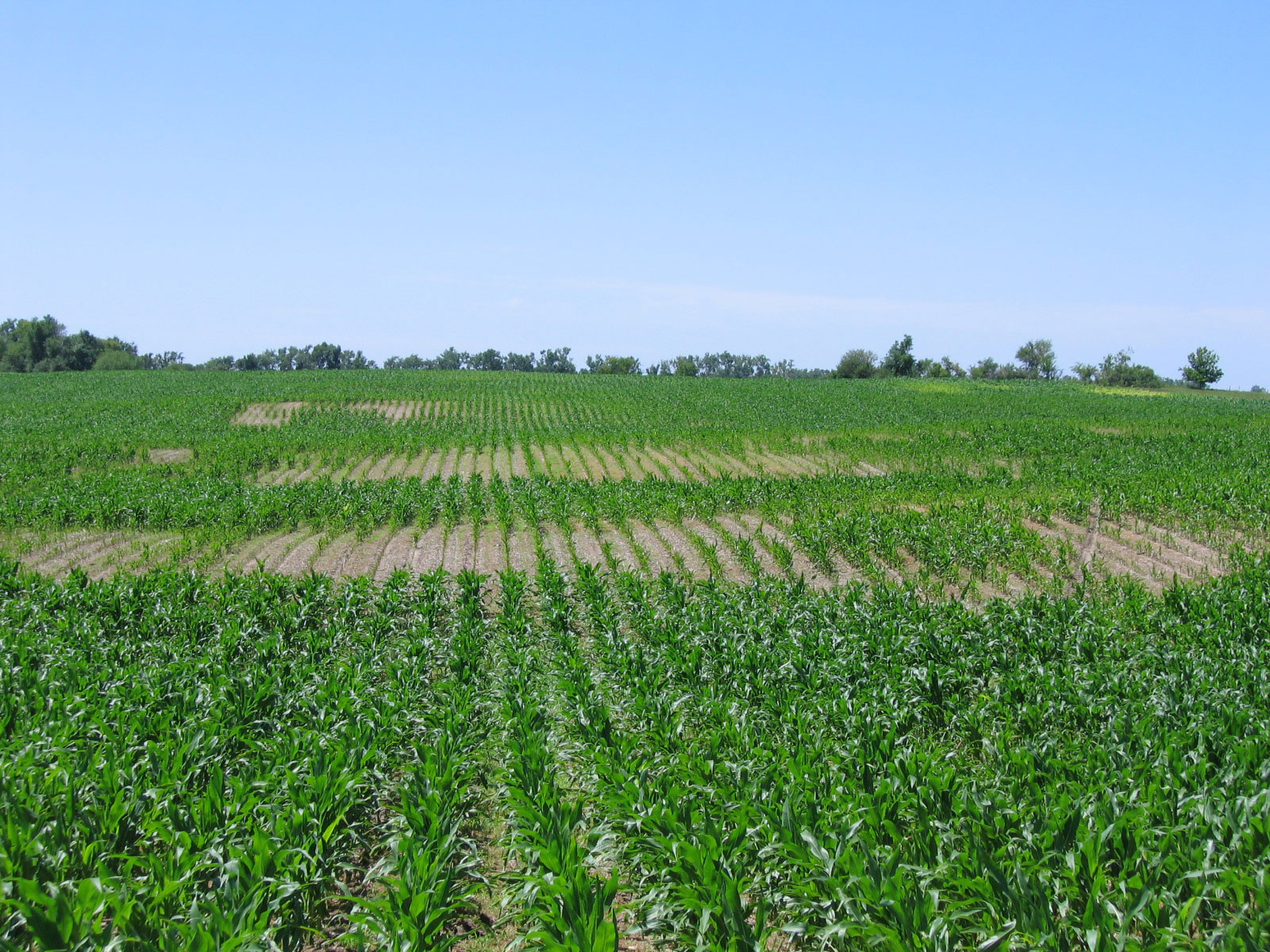
by Zane Grabau | Mar 31, 2017
One of my goals since starting as field crop nematologist at the University of Florida last June was to update the nematode management guides for Florida field crops, so that extension agents and growers have access to active copies of these documents. I’m happy to...
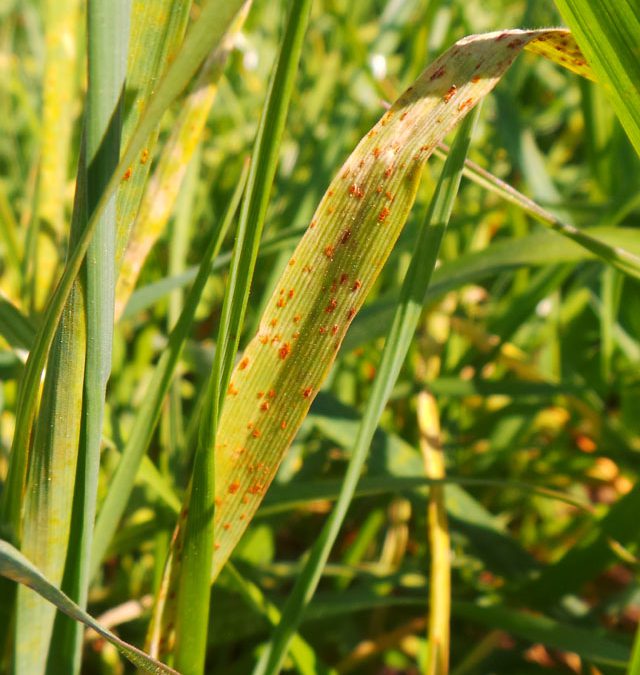
by Ethan Carter | Mar 24, 2017
Ethan Carter, Crop IPM Regional Agent and Ann Blount, UF/IFAS Forage Breeder Crop aftershocks related to last week’s weather conditions (cold, overcast, and wet) were felt this week across in the Florida Panhandle. Growers reported a variety of symptoms in their oat...







